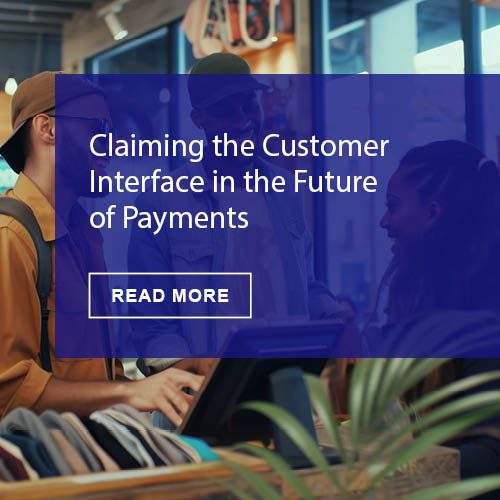Even with due diligence and best practices, any CNP merchant knows a small percentage of their business, and their revenue, will be lost to customers who either call in and ask for a refund, or file a chargeback with their card issuer.
But increasingly, some fraudsters are finding ways to do both, i.e., the ‘double-dip.’
And unlike at the ice cream parlor, where a double dip actually increases, this type of Double Dip Fraud exposes online merchant to double the amount of lost revenue.
Following the relaxing of liability rulings last year, combined with an increasingly savvy public who realize chargeback rules are set to benefit them rather than merchants, more and more cardholders are finding ways to double dip – a scam that is clearly illegal, but profitable.
The scam goes like this: The consumer orders a product and has it delivered, then tells the merchant it was never delivered, was faulty or never ordered by him. Without indisputable delivery evidence, and eager to avoid the additional costs and hassle of a chargeback, the merchant agrees to issue a full refund.
Immediately, while the merchant is still preparing to process the refund, the customer calls the card issuer, says they never got the item, and requests a chargeback.
And in a couple of days, before the bank and merchant have caught it, the customer now has twice the money back. That’s a double dip.
Whether they call the bank first and then the merchant, or vice-versa, the scam still works. While the issuing bank would be notified by the merchant about the refund in the nightly batch, it may take a couple of days for the refund to be posted, and 5-10 business days to be reflected in the merchant’s account. Meanwhile, the bank would notify the merchant of a chargeback within a day or two.
How badly does this hurt the merchant? Let’s say it was a $100 sale, of an item that cost the merchant $50. Instead of making $50 on the transaction, the merchant is out the cost of the item, the chargeback fee, and an additional $200 – a full refund form both the merchant and the card issuer. That’s roughly $275 lost on a $100 sale.
Without real time information communication between banks and merchants, it’s easy to see how fraudsters can get away with this.
The truly savvy fraudster may wait a couple of days between calling the merchant and the bank, and tell one of them that the product they ordered is usable, but not what was described. They may appear willing to take a partial refund. Why?
If before issuing the chargeback, the bank happens to check the merchant’s account to see if any refunds have been issued, they’ll see a different amount than the amount they’re dealing with, and assume it was a different transaction. Always on the side of the cardholder, they’ll issue a full refund.
Of course, there may be a slim majority of consumers who ‘accidentally’ double dip – those who call either her bank or the merchant and ask for a refund, and then when they don’t see the funds immediately, call the other. But even this honest mistake winds up with the merchant taking a double loss – the customer is not likely to call the merchant and ‘complain’ they got a double refund.
With banks so heavily favoring the cardholder instead of the merchant, we’ve compiled a few suggestions to help you from getting double-dipped:
● If you’re going to give a refund, do it quickly, and let the customer know when and how they can look for their refund.
● If you do find a client has double dipped, you can expect them to try again. Place them on your internal ‘blacklist,’ and share that information with your bank. If they decide to honor another chargeback request from a blacklisted customer, that’s on them.
● Be diligent in your sales order process and keep accurate records of proof on your fulfillment and delivery processes. Be prepared to contest the chargeback request.
● Communicate with your bank and be sure to receive frequent and prompt notice of any chargebacks. A Chargeback Prevention service will also expedite this process and send frequent alerts.
If that sounds like a lot of work, well, it is. Between chargebacks and fraudsters, most merchants can’t afford to lose productive time chasing down sales they’ve already finished, or keeping up with what frauds are being pulled, and how to fight them. A chargeback prevention representative that specializes in fraud protection can help you hang onto your revenue, instead of losing 2-1/2 your original costs.
Would you rather double your money, or get double dipped?
Suresh Dakshina is President and co-founder of Chargeback Gurus (www.chargebackgurus.com). He has worked with several e-commerce businesses and has consulted for Fortune 5000 companies in risk & vulnerability assessments, to improve processes/productivity and implement solutions to prevent fraudulent transactions, friendly fraud, chargebacks and most importantly, shield their profits. A certified e‐Commerce Fraud Prevention Specialist with a Masters from the University of Southern California, Suresh is a pioneer in data analytics, and possesses an in‐depth understanding of Card‐Not‐Present (CNP) environment, risks associated with CNP transactions and the solutions to overcome CNP industry challenges.











